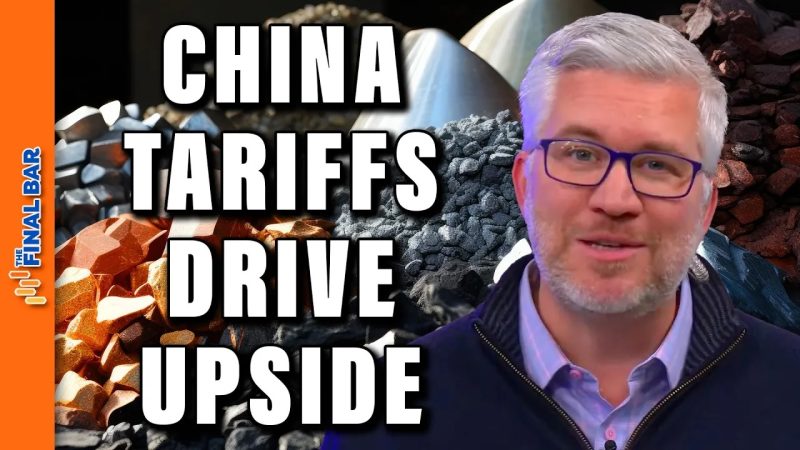In the rapidly evolving global economy, rare earth minerals play a crucial role in numerous industries such as electronics, renewable energy, and defense. The recent imposition of tariffs by China on rare earth minerals has sparked debate and speculation about potential opportunities for other countries and shifting dynamics in the rare earth market.
Tariffs as a Strategic Lever
It is no secret that China has long dominated the global rare earth minerals market, accounting for a significant share of production and reserves. By imposing tariffs on rare earth exports, China aims to assert its dominance in the industry and leverage its position in international trade negotiations. These tariffs have the potential to disrupt supply chains and increase the cost of rare earth minerals for importing countries, prompting concerns about resource security and market stability.
Opportunities for Alternative Suppliers
The tariffs imposed by China on rare earth minerals have created opportunities for alternative suppliers to enter the market and fill the gap left by reduced Chinese exports. Countries with significant rare earth reserves, such as Australia, the United States, and Canada, stand to benefit from increased demand for their minerals. This shift has the potential to reduce reliance on Chinese supply and diversify the sources of rare earth minerals, contributing to a more balanced and resilient global market.
Investment in Domestic Production
In response to the uncertainty surrounding Chinese rare earth exports, many countries are considering investments in domestic production to secure a stable supply of these critical minerals. By developing domestic mining operations and processing facilities, countries can reduce their dependence on foreign supply chains and support local industries. This strategic shift towards cultivating domestic rare earth resources could enhance national security and economic competitiveness in the long run.
Technological Innovation and Recycling
As the demand for rare earth minerals continues to grow, technological innovation and recycling hold promise as sustainable solutions to mitigate supply chain disruptions and environmental impacts. Advances in mineral processing technologies and recycling methods can reduce the reliance on primary sources of rare earth minerals and promote circular economy principles. By investing in research and development, countries can unlock new opportunities for resource efficiency and sustainability in the rare earth industry.
Conclusion
The imposition of tariffs on rare earth minerals by China has catalyzed a reevaluation of global supply chains and trade dynamics in the industry. This development has prompted countries to explore alternative sources of rare earth minerals, invest in domestic production, and promote technological innovation and recycling. As the rare earth market continues to evolve, strategic decisions made by stakeholders will shape the future of this critical industry and its impact on various sectors of the economy.

